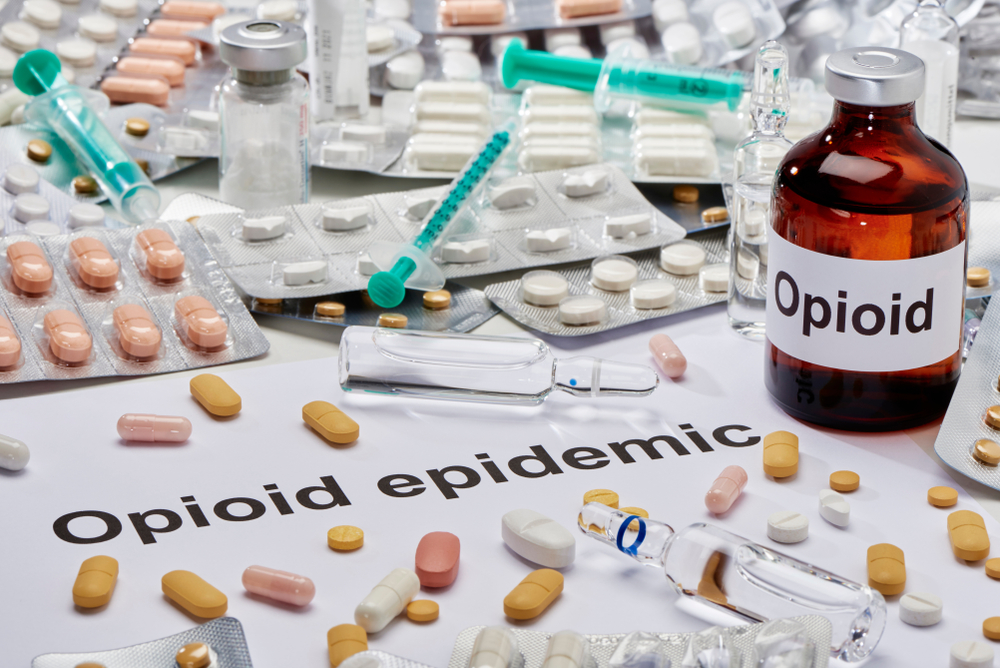The Department of Mental Health and Addiction Services (DMHAS) Commissioner Nancy Navarretta hinted that proceeds received by the state through opioid litigation may be used to fund safe injection sites (SIS) despite current law prohibiting this type of investment.
Also known as overdose prevention centers (OPC), SIS are healthcare facilities where individuals can safely inject illegal drugs under the supervision of medical professionals. During the July 11 meeting of the Opioid Settlement Advisory Committee (OSAC), Navaretta was asked if SIS was on the table to be considered for funding and she replied that “Yes, everything is fair game.”
Formed during the 2022 legislative session, OSAC’s main objective is to oversee the appropriation of funds received by the state from settlements resulting from opioid litigation. Money from these settlement agreements may only be used on “substance use disorder abatement infrastructure, programs, services, supports, and resources for prevention, treatment, recovery, and harm reduction.”
A similar proposal was put forth in New York but was rejected by Gov. Kathy Hochul on the grounds that SIS violates “State and Federal Laws, rules, and/or regulations.”
The Connecticut General Assembly came to the same conclusion when they changed language in a bill (SB 9) that, among other things, established three Harm Reduction Centers with funds from the Opioid Settlement Fund. Once operational, the centers will provide services and support to people dealing with substance disorders. Originally the bill allowed centers to provide a separate location where controlled substances could be consumed.
At the March 27 Public Health Committee meeting, Sen. Saud Anwar (D-3rd) reiterated that “federal law will restrict us” when discussing whether the Harm Reduction Centers were to utilize opioid settlement funds to become consumption sites.
While the utilization of opioid funds currently excludes SIS, they could potentially become an option in the future. This was evident during the June 2 House deliberations as Rep. Cristin McCarthy Vahey (D-133rd) expressed, “We as a society may well move in the direction of more of the safe injection opportunities.”
New York City, ignoring all laws and regulations, became the first city in the United States to allow SIS. Since 2021, the city has opened two SIS, though without using public dollars, which have reportedly stopped 1,000 overdoses. But the centers may be forced to shut down, as U.S. Attorney for the Southern District of New York Damian Williams stated that the facilities are operating in violation of federal, state and local law. He threatened that his “office is prepared to exercise all options — including enforcement — if this situation does not change in short order.”
One law Williams references is known as the “crack house statute” which prohibits individuals from maintaining properties where controlled substances are used.
Meanwhile, let’s not forget where the opioid settlement funds come from. These settlements resolve legal disputes for the role corporations played in creating and fueling the opioid epidemic. According to data from the Connecticut Department of Public Health, “residents are more likely to die from unintentional drug overdose than a motor vehicle accident.” In 2022, opioids and stimulants were the main cause of drug overdose deaths in Connecticut, leading to a total of 1,452 deaths.
In May, the U.S. federal government allocated $5 million to examine SIS’s effectiveness in mitigating overdosing, along with confirming whether they can lead to cost savings within the health and criminal justice sectors.
Before making policy decisions, it is imperative to examine this research. Understanding the effectiveness of these facilities and the potential community impact is crucial.

